Want to feel better, live longer, and fuel your body the right way? It might be time to take a closer look at what’s on your plate—starting with vegetables. Packed with essential nutrients, antioxidants, and fiber, some veggies do more than just add color to your meals—they actively support heart health, boost immunity, fight inflammation, and may even extend your life. From leafy greens to vibrant roots, the right vegetables can be powerful allies in your wellness journey. Ready to load up your shopping cart with the very best? These are the top 10 healthiest veggies you should be eating now.
1. Kale
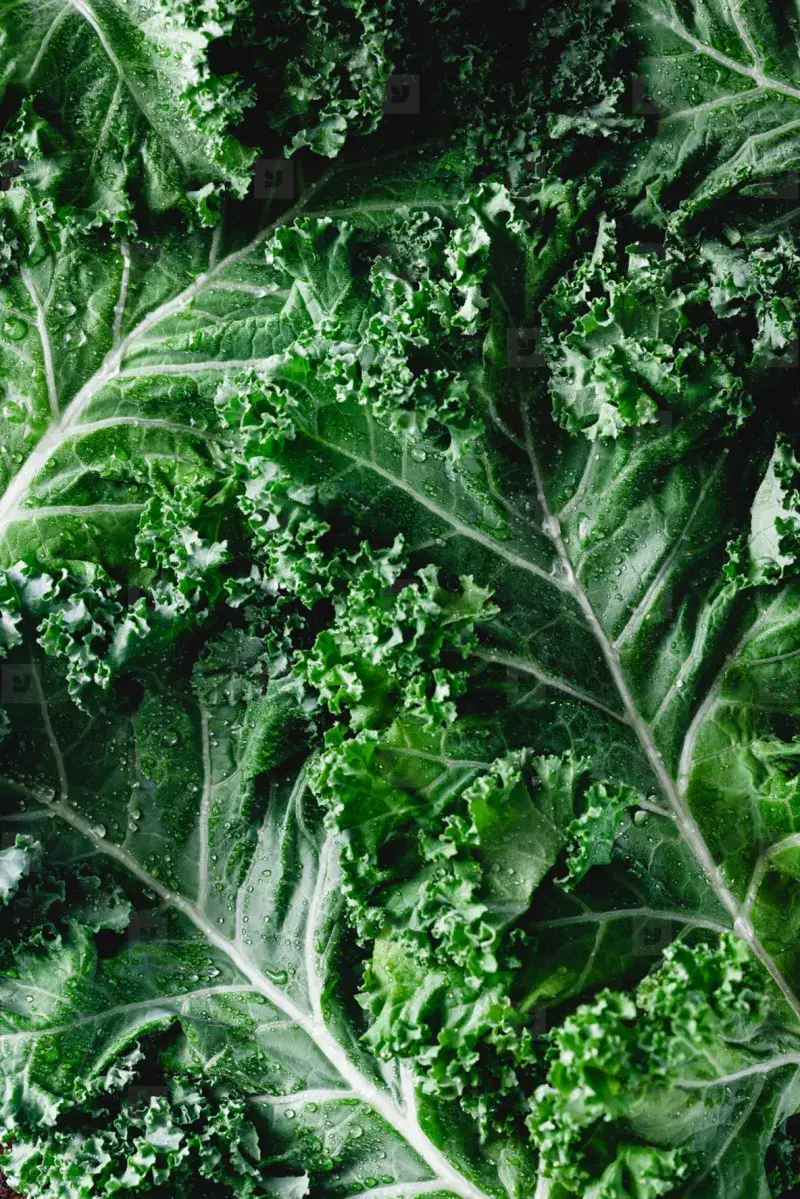
Ancient Romans and Greeks treasured kale long before it became a modern health trend. This wrinkly leafy green packs more nutrition per bite than almost any other food on earth. Just one cup delivers your entire daily requirement of vitamins A, C, and K, which strengthen your immune system, bones, and vision.
The special compounds in kale, like sulforaphane, actually help your body fight off cancer and reduce harmful inflammation. Adding kale to smoothies, salads, or baking it into crispy chips gives you powerful protection against many diseases while supporting healthy aging.
2. Broccoli
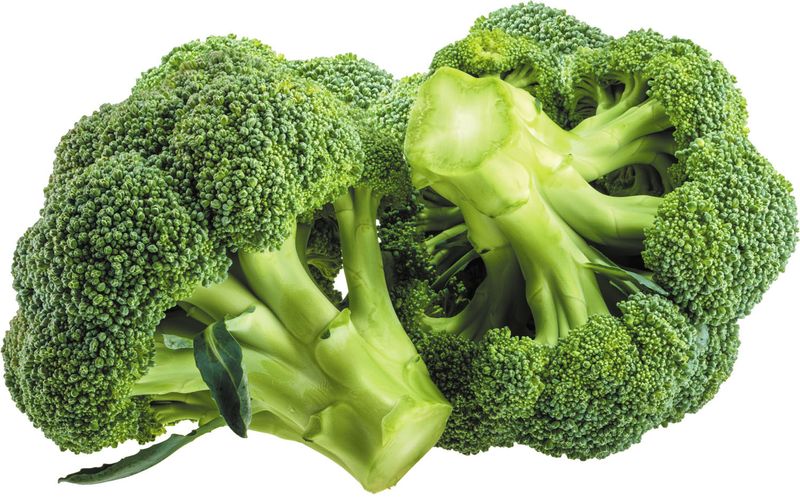
Those little green trees on your plate might be the key to a longer life! Broccoli belongs to the cruciferous family, known for their disease-fighting powers. Every bite delivers a hefty dose of fiber that keeps your digestive system running smoothly. The vitamins C and K work together to support your heart, blood vessels, and immune system. Scientists have discovered that compounds in broccoli can actually switch on your body’s detoxification systems. Try roasting broccoli with a little olive oil until the edges get crispy for a delicious way to enjoy its slightly sweet, nutty flavor.
3. Carrots
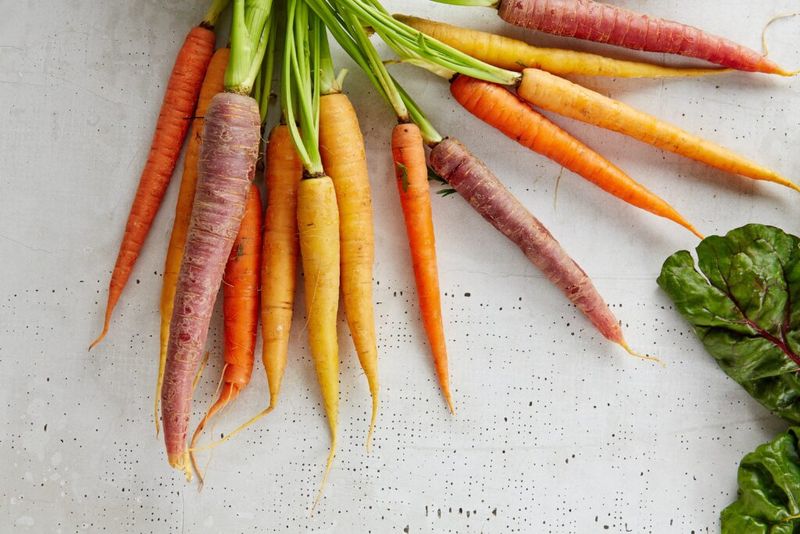
Originally purple and yellow in color, carrots only became orange when Dutch farmers bred them that way to honor their royal family. These crunchy vegetables earned their reputation as eye-health champions because of their high beta-carotene content. Your body converts this plant pigment into vitamin A, essential for maintaining healthy vision, especially in dim light.
The antioxidants in carrots also help protect your cells from damage that can lead to cancer and other diseases. Raw carrots make perfect snacks, but cooking them actually increases the availability of their nutrients, making them even healthier!
4. Bell Peppers
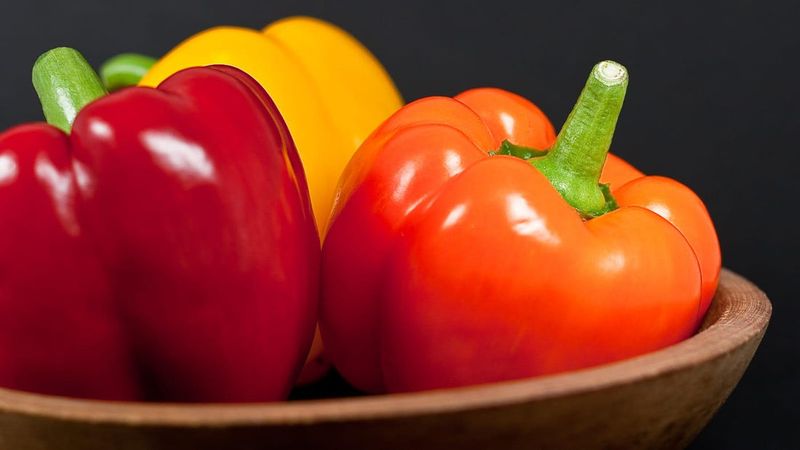
Did you know a single red bell pepper contains more vitamin C than an orange? These rainbow-colored vegetables start green and change to yellow, orange, or red as they ripen, becoming sweeter and more nutritious along the way. Bell peppers are packed with vitamins that strengthen your immune system and help your body absorb iron from other foods. The bright colors come from different antioxidants that protect your eyes and may reduce your risk of several chronic diseases. Enjoy them raw with dip, stuffed with healthy fillings, or roasted to bring out their natural sweetness.
5. Brussels Sprouts
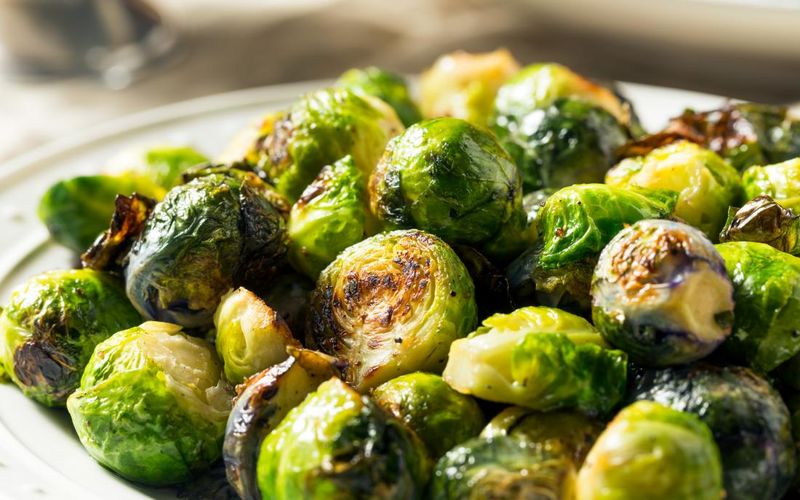
Named after the Belgian capital where they gained popularity in the 16th century, these mini cabbages have made an impressive comeback in recent years. Once the vegetable kids loved to hate, Brussels sprouts now star in restaurant menus everywhere. Their remarkable fiber content supports gut health and helps control cholesterol levels.
The vitamin K in these little green orbs is essential for proper blood clotting and strong bones. For the tastiest results, try roasting or sautéing Brussels sprouts instead of boiling them – this brings out their nutty flavor and reduces the sulfur compounds that can create a strong smell.
6. Sweet Potatoes
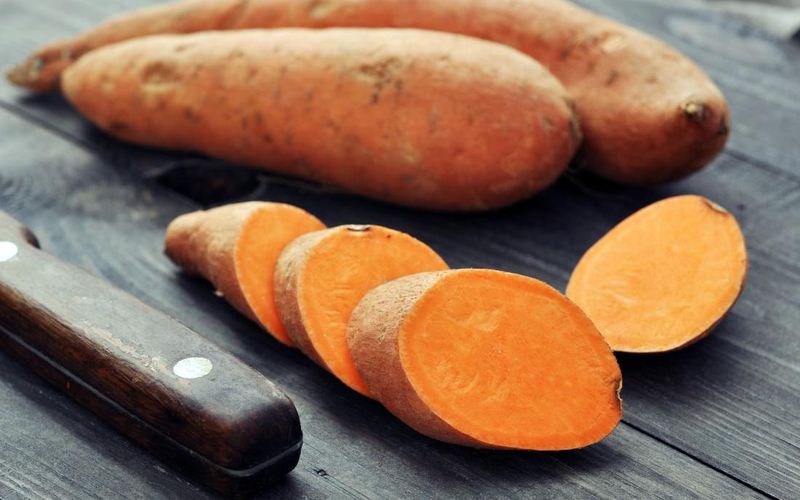
Sweet potatoes have been nourishing humans for over 5,000 years, originating in Central and South America. Unlike regular potatoes, these orange-fleshed roots are packed with beta-carotene, the same nutrient that makes carrots so healthy. The natural sugars in sweet potatoes are released slowly into your bloodstream, helping keep your energy steady without blood sugar spikes. Their high fiber content feeds the good bacteria in your gut, improving digestion and even boosting your mood. Bake them whole, mash them, or slice them into fries – their natural sweetness makes them taste like a treat while delivering serious health benefits.
7. Asparagus
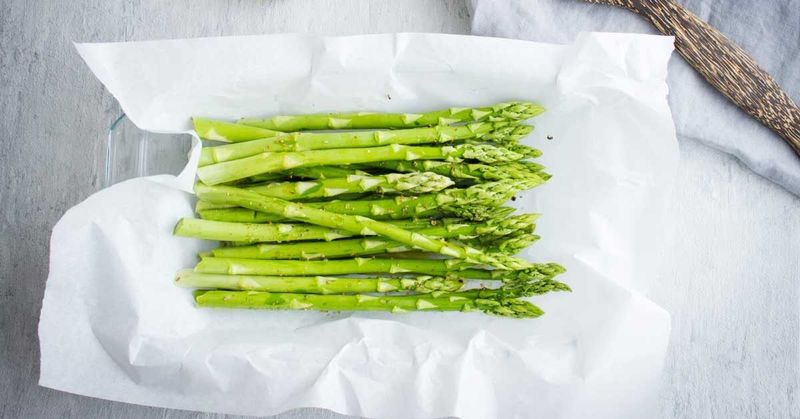
Ancient Egyptians, Greeks and Romans all prized asparagus for its unique flavor and medicinal properties. These tender spring shoots emerge from the ground fully formed, growing up to 10 inches in a single day! Asparagus contains more folate than any other vegetable, a B vitamin crucial for brain health and preventing birth defects.
The natural diuretic effect helps flush excess water and toxins from your body. For maximum nutrition and flavor, try quickly roasting or grilling asparagus until just tender-crisp. The tips contain the most flavor, while the stalks pack the most fiber and nutrients.
8. Cauliflower
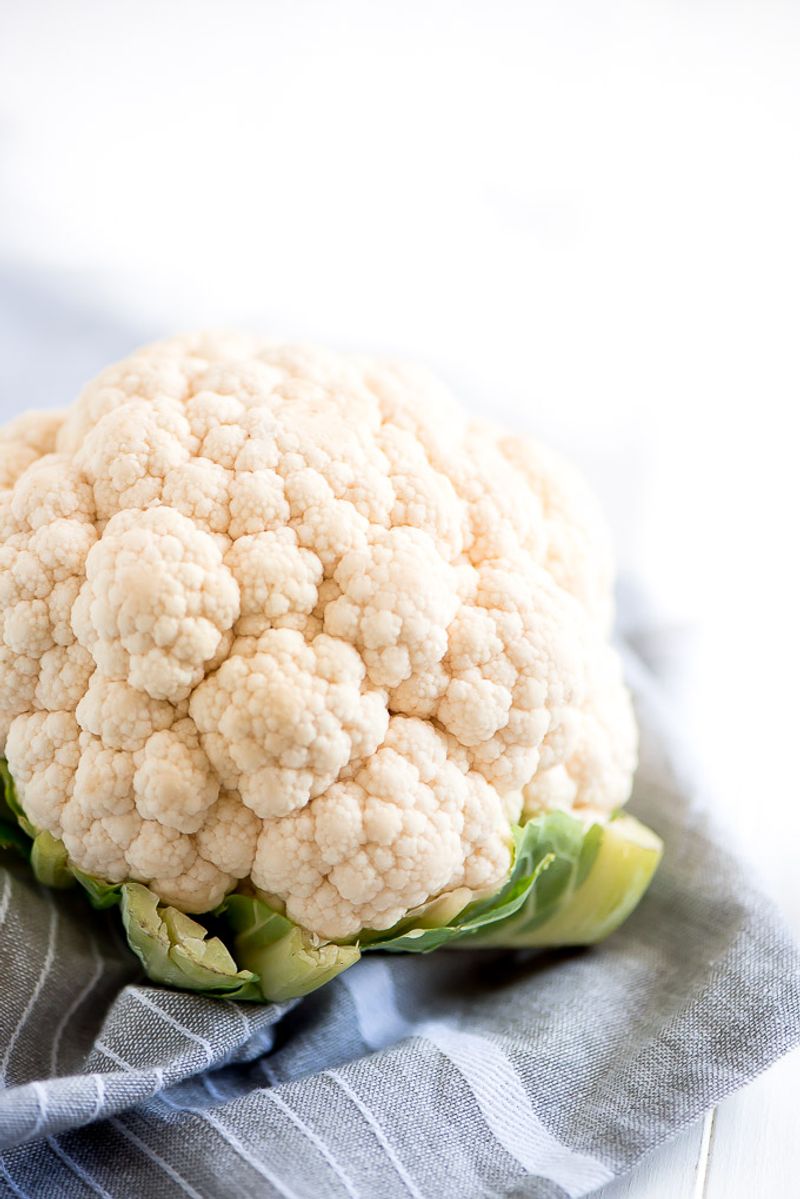
Mark Twain once called cauliflower “cabbage with a college education,” and its nutritional profile lives up to this clever description. This versatile vegetable has recently become famous for its ability to transform into everything from pizza crust to rice substitute. Despite its pale appearance, cauliflower is rich in vitamin C and special plant compounds that may prevent cancer growth. Its mild flavor allows it to absorb whatever seasonings you pair it with, making it incredibly adaptable. Try roasting cauliflower with a sprinkle of turmeric for a double dose of anti-inflammatory benefits and a beautiful golden color.
9. Beets
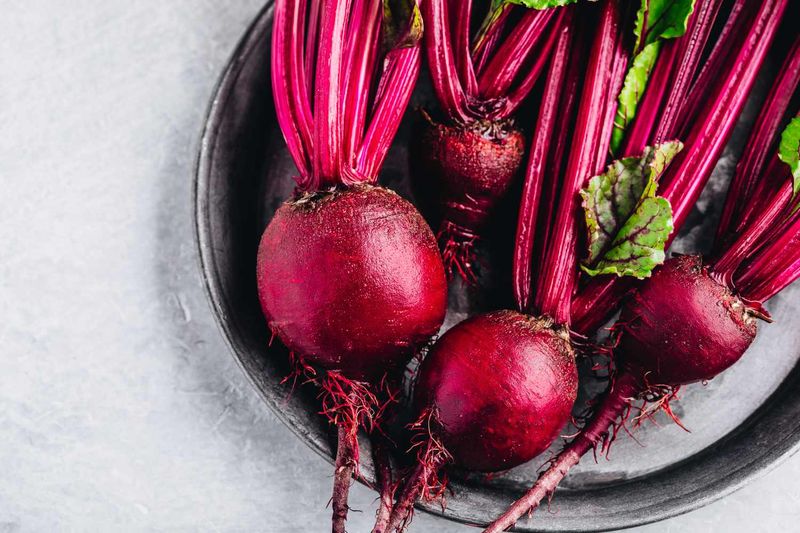
Ancient Romans considered beets an aphrodisiac and used them to treat fever and constipation. The stunning ruby-red color comes from betalains, powerful compounds that support your body’s natural detoxification processes. The natural nitrates in beets can actually improve blood flow throughout your body, potentially lowering blood pressure and boosting exercise performance. Athletes often drink beet juice before competitions for this very reason! Both the roots and the leafy greens are edible and nutritious. Try roasting beets to bring out their natural sweetness, or grate them raw into salads for a colorful, crunchy addition.
10. Watercress

Cultivated since ancient times and once a staple among Greek and Roman soldiers, watercress has long been prized for its peppery bite and potent health benefits. Often overlooked today, this leafy green is actually one of the most nutrient-dense foods on the planet, earning top marks on the CDC’s list of powerhouse fruits and vegetables.
Watercress is packed with vitamins A, C, and K, along with calcium, iron, and disease-fighting antioxidants. It’s especially rich in glucosinolates—compounds linked to cancer prevention. Toss it into salads, layer it on sandwiches, or blend it into soups for a flavorful, health-boosting upgrade to your meals.
Leave a comment